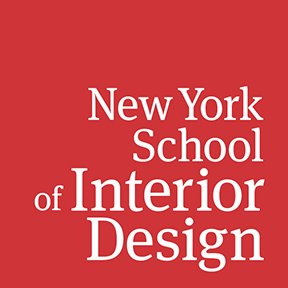Eric Gering
Eric has been living in New York City since the 1980’s and teaching at NYSID since 2000, and during that time has worked for a number of firms including Gensler; Fox and Fowle; Alfredo de Vido, and Sidney Phillip Gilbert before founding his own approximately 20 years ago.
While Eric focused on smaller scale work as an individual practitioner, he’s been involved with community service by having served as co-chair on Manhattan Board 5. He also served as a board member on Landmarks Committee, Land Use and Zoning Committee for several terms, as well as having served on the board of the Manhattan Chamber of Commerce.
How do you bring your professional life into the classroom?
I bring my professional life into the classroom by encouraging my students to use their imagination while they develop their skills. I also try to inculcate real world concerns for universal and sustainable design. I try to avoid being verbose, although I still have to work on that and I try to be on time to class and not miss any classes.
Which trends and movements in interior design have influenced your curriculum? How do you keep current with new trends?
Lately, there has been an interest in incorporating Evidence Based Design into the research component of our design studios, so we are looking at that more seriously. We have also been looking at attributing credit to visual sources as well as research sources in students’ presentations, which I think is a good thing (everyone appreciates credit). I try to keep current with new trends by reading books and trade journals. I believe in frequenting bookstores – I suggest Rizzoli, Strand, 192 Books, and Kinokuniya – participating in programs and lectures, and generally keeping my eyes and mind open.
How would you describe the benefits of the undergraduate and MFA-1 program to someone who is considering NYSID for their education?
NYSID has a dedicated roster of teachers and administrators who are really working in the interest of the students’ development and experience. We have some excellent resources and relationships in the design community working for the students’ benefit – the alliance with Material Connexion is just one example – in both the graduate and undergraduate programs. I think that’s one reason we rate so well with the DesignIntelligence surveys.
In what ways, do you get your students/clients motivated and excited for the upcoming project? And why is that important?
Students/clients are generally already motivated and excited, or they wouldn’t be where they are – I just try not to douse their motivation and excitement, while at the same time tempering them with real-world concerns. I try to share their vision and build on it, and that’s important to keep the project on track.
What was the last thing that inspired you?
I was inspired by the high school students in Parkland who took such strong civic action in the wake of that terrible, ongoing, tragedy. Not exactly design focused, but design is also political – it works in the interest of society.
